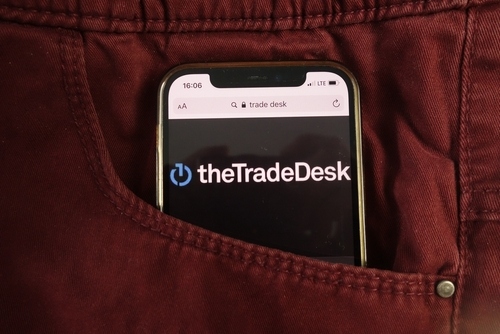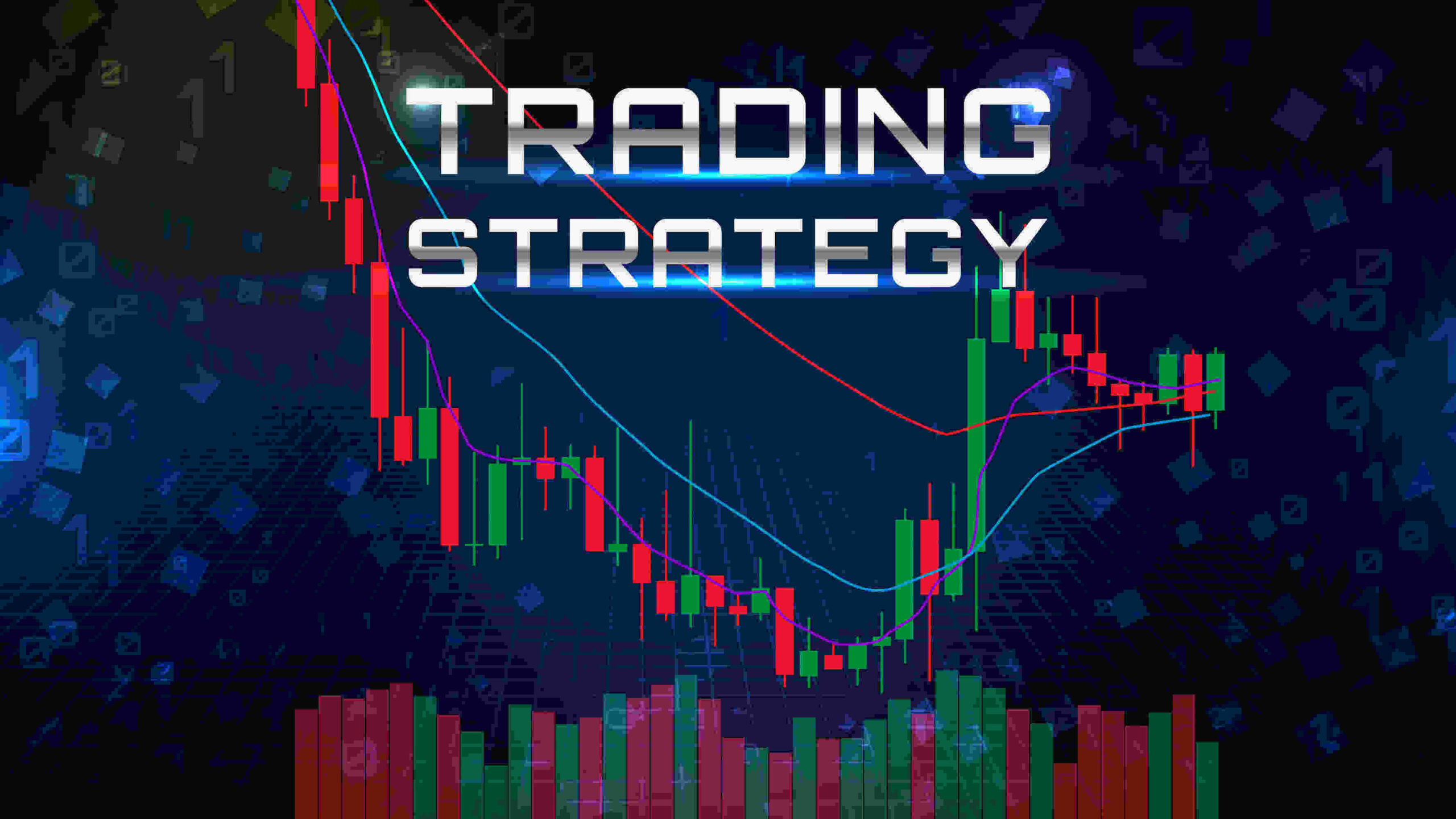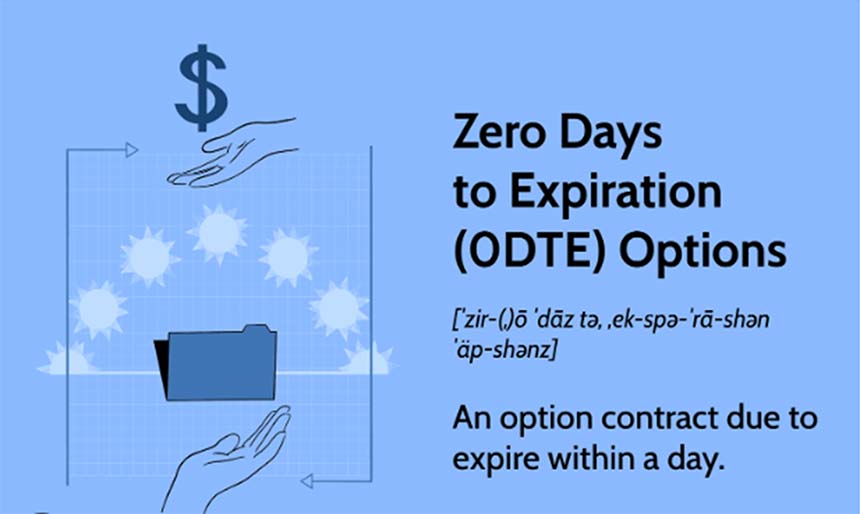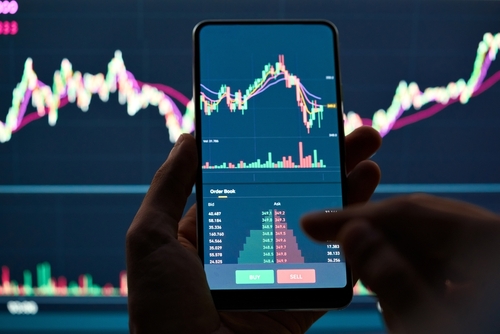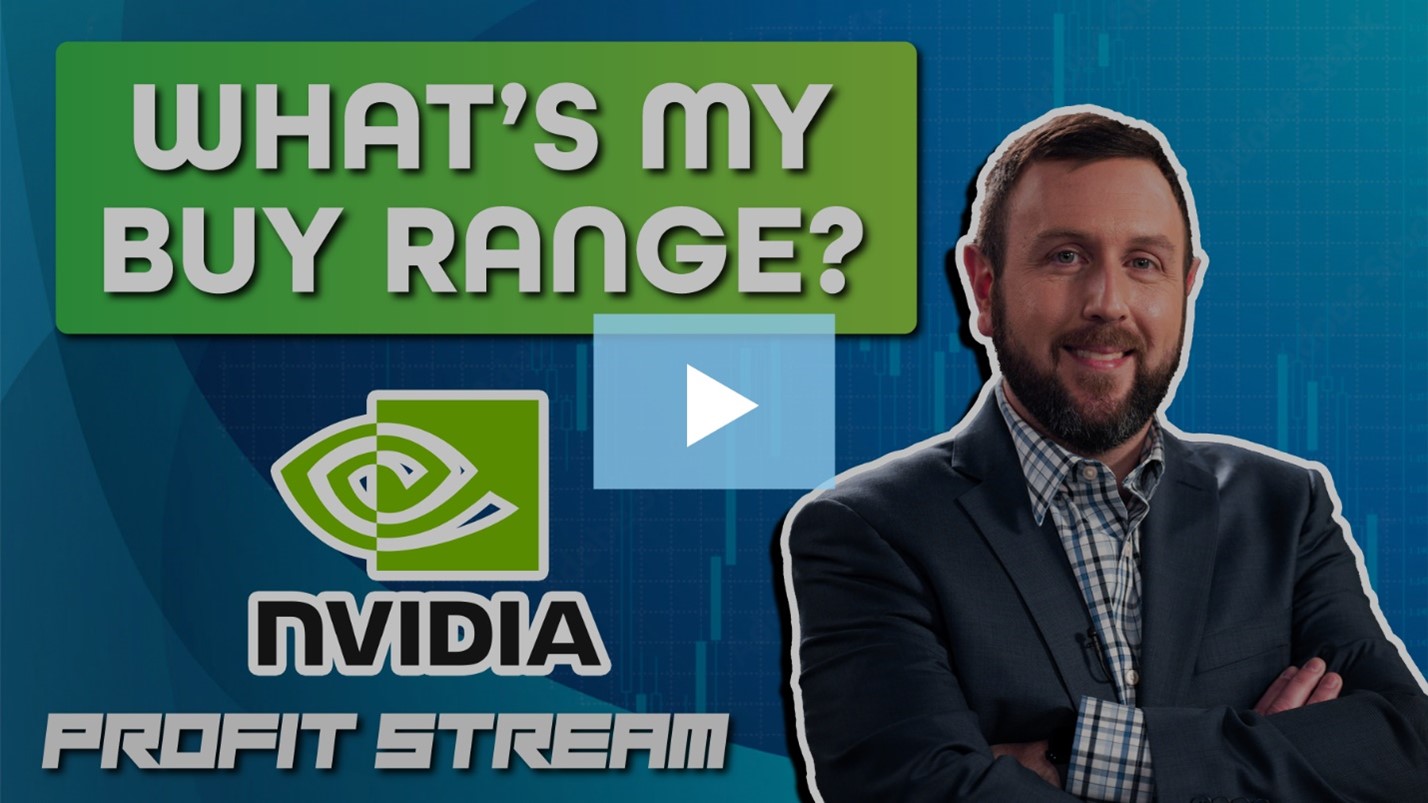Five Reasons to Use Stop Losses
We get a lot of questions on stop-loss orders in The War Room. What is a stop-loss order and how do you use them?
Over the next two days, this two-part article series will explain the different types of stop losses and how to use them to minimize losses when trading.
Of course, the final decision rests on your own risk tolerance and variety of other factors, so take this information as guidance more than anything.
Now, before I get into stop orders I must tell you that nothing can prevent a loss.
Even a stop-loss itself can be false sense of security as stocks can easily open well below a stop order, whether that be after a trading halt or at the open of a new trading day.
However, when you know how to use stop losses effectively, it can make you a smarter investor and maybe even save you from a catastrophic loss.
Levels of Risk
Every investor has a different risk tolerance. A tight stop can be as little as 5% while a wide stop can be as much as 50%.
If you are trading stocks, you may want to consider a tighter stop as you likely have more money at risk. When trading options, which are more volatile, you may want to consider a much wider stop to account for the wider swings in options prices.
However, using very narrow stops could present a problem as you may not be giving your investment a chance to percolate.
And, in some cases you may want to use a mental stop, especially on thinly traded stocks or very volatile companies (think AI or biotech stocks) which can often move on sentiment and not news.
5 reasons to use stop losses:
- Risk Management: Stop orders can help limit potential losses by automatically triggering a sale when the price of a security reaches a predetermined level. This can be especially beneficial for traders who want to minimize downside risk.
- Emotional Control: Stop orders can also help remove emotions from trading decisions. They allow traders to set predefined exit points, reducing the temptation to make impulsive decisions based on fear or greed.
- Volatility: In highly volatile markets, stop orders may be prone to triggering premature exits due to price fluctuations. Traders should consider adjusting the placement of their stop orders to account for market volatility.
- Gaps and Slippage: During periods of low liquidity or high volatility, stop orders may experience slippage, resulting in executions at prices different from the stop price. Additionally, gaps in price movement, especially overnight or during market openings, can lead to significant slippage.
- Suitability: Stop orders may not be suitable for all trading strategies. Some traders prefer more discretion and flexibility in their exits, opting for manual adjustments rather than relying solely on automated stop orders.
![]()
YOUR ACTION PLAN
Stop losses are essential when minimizing risk of any trade. And if you want to see how pro traders like Bryan and I set our own stop losses, I invite you to join us in The War Room.
We show members how to position size so they can trade with discipline and be confident in their decision making. Last week we went a perfect 10-for-10 on all our trades for a 100% win rate, including a 59.43% gain on RTX in 143 trading days.
Click here to follow along with Bryan and I in real time.
More from Trade of the Day
The No. 1 Insider Stock for 2024?
Jul 26, 2024
Why I’m Buying This 3-month Trigger Catalyst
Jul 24, 2024
Jul 23, 2024


